
Perpetual
Oscar-winner Clint Eastwood returns to theaters this week with FLAGS
OF OUR FATHERS,
the story of the battle of Iwo Jima and the soldiers who raised the
famous flag above
Mount Suribachi
. Joe Rosenthal’s photograph of the event inspired renewed resolve
in a war-weary American public and proved to be a turning point in
the war. FLAGS OF OUR FATHERS explores the events surrounding the
photograph.
Eastwood
recently stopped by the Four Seasons in
Beverly Hills
to promote the film, which opens this week. Here are some excerpts.
Clint
Eastwood

You’ve
often said that you choose your projects based on subjects that
interest you on a personal level. Why did you choose this subject?
Well,
there’s never been a story — one, there’s never been a story on
Iwo Jima, even though there have been pictures that have been
entitled — using it in the title — but the actual invasion, it
was the biggest marine corps invasion in history, the most fierce
battle in marine corps history, but what intrigued me about it was
the book itself and the fact that it wasn’t really a war story. I
wasn’t setting out to do a war movie. I’d been involved with a few
as an actor, and but I liked this, because it was just a study of
these people, and I’ve always been curious about families who find
out things about their relatives much after the fact and the kind of
people that have talked to me about this campaign and many other
campaigns, and the ones who seemed to be the most in the front lines
and have been through the most seem to be the ones who have been the
quietest about their activity.
It’s
a sure thing that if you hear somebody being very braggadocio about
all their experiences in combat, sure thing that he was probably a
clerk typist somewhere in the rear echelon (laughs). But there seems
to be a commonality with these kind of people like John Bradley was,
that they came back and it was a time in history when you didn’t
have a lot of psychiatric evaluation and coddling — when they came
back they were just told to go home and get over it. and if they
didn’t have wives or loved ones to help them, they had to adjust on
their own, or else they didn’t adjust on their own.
So
it’s just those experiences of being a young man thrown into the
ultimate celebrity — and the picture I hope makes a comment on
celebrity, of being treated like a president — maybe not always a
president, but being treated like a celebrity, and they didn’t feel
that. They felt very complex about being that, especially when so
many of their companions were killed in this ferocious battle. And
this was only — and the famous photograph, the Joe Rosenthal
photograph, was taken 4 or 5 days into the battle. It was not even a
fourth of the way there yet, but it signified a unity that I’ve
always been curious about. So that’s it.
Can
you talk about working with Paul Haggis, and your decision to use
flashbacks and montages, rather than a more linear approach?
We
talked very much about that, but it’s a difficult book to translate
into a screenplay. Paul likes to joke. He said — after our first
meeting, he said, I have about an 11 per cent chance of being
successful with this. And I said, well, it’s going to work out.
Don’t worry. Just keep things straight ahead and we would talk every
day or so over the phone and talk about philosophy. It was a way to
get started. He had a trouble getting it into it.
And
we talked about doing it like you were suggesting — doing it in
various acts — but the trouble is, to show the impact that it has
on the three soldiers and their recollection is that it’s a very
difficult to work with, because you’d go from present day, which
would be 1994 in this case, and back to one period of time and up to
another period of time and back, and then up to the present day, and
the only other time I’ve done that — I did it with a picture
called Bird years ago and I had difficulty in going into flashback,
then a flashback within a flashback, and then having to unwind and
come back and keep the audience only moderately confused, to
get back to the present day of that particular picture (which)
present day was in the 40s as well. But we finally decided this was
the way to do it — through a journalistic — and because Jim
Bradley wrote his book as he was researching — doing literally a
detective story — going around and talking to people — it laid
out that way.
It
just seemed like a logical way to do it. otherwise it’s a very big
sprawling book, and it covers a lot of chapters on a lot of various
items — you have to sit there and figure out, well what story do
we want to do? Just the bond drive or the battle. But you have to
have the impact of the battle to show the complexities of the bond
drive, of the emotions of the guys, and I guess Adam Beach’s
character sort of sums it up when he’s on the train, and says, “We
shouldn’t be here.” There’s a lot of little key places that guide
you back — that is one of them.
What
was it like shooting in Iceland?
I
loved filming in Iceland. When it was first suggested that we work
in Iceland, I could not understand how it would work but really
there’s a lot of similarities between Iceland in the summer and Iwo
Jima in the winter time. Iwo is a geo-thermal island, a lot of
volcanic activity, a lot of sulphur minerals coming out of fissures
in the mountains and what have you. Iceland is not necessarily that
way. but it does have some of that and it has tremendous black
beaches, black sand beaches, which are very hard to duplicate.
We
looked at black sand beaches all over the world — next to
the 4 Seasons in Hawaii — comfortable places — but it turned out
the only way to do it was . . . certain parts of it on Iwo Jima that
were not too sensitive because it is considered a shrine, and the
Japanese don’t have tourism there. Nobody can go there without the
Japanese government’s approval and the Japanese government feels
it’s a sacred place because there are still almost 12000 of their
men unaccounted for on that island. So we couldn’t do the
pyrotechnics that we would have to do to actually recreate the
invasion, so we went to Iceland, and Iceland was very cooperative,
and then we came back and did the various cities here in the
States.
Can
you talk about the difference between our wartime experience then
and the one we’re in now?
As
far as World War 2 as compared to — all wars have their problems
— it was a different time in history, of course. We were — we
had been fighting in the European theatre, we were at war, but then
when it came — but when it was brought to us in Pearl Harbor, it
became a reality that if we weren’t careful — that if we didn’t
fight this one out, we might be speaking another language today. So
it was sort of simple. Most of the young men and women who went to
war — a lot of the women went to work in factories and had to give
up their life — most of the men gave up their lives but — or
gave up their everyday life to go, but most of them were skinny kids
out of the depression. Most of the kids, the average age was 19
years old.
You
figured they were probably all born in 1928 or 27 or in the late 20s
early 30s, and they were over there, but they all had the spirit.
And it was important to tell this story for that reason. It told of
a time in our history when there was a lot of spirit. I think the
icon itself of the flag-raising — a candid shot which was sort of
a manufactured shot at the time . . . it didn’t have any
significance at the moment because it was a separate flag-raising
but it was just a shot that was very rare. It’s a work of art. It’s
a work of art because it’s people not looking into the camera and
smiling at their aunt in Des Moines. It shows the unity of people
working towards a common cause.
The
hands reach out, sometimes just hands just being seen, and that
itself showed a time when people felt they had to — we had to be
victorious in this war. How it compares to today — I suppose war
is war whenever you’re in there. If you’re in the front lines, there
are always various problems you have to deal with that are hard for
us to understand who are in a non-combat situation unfortunately. As
this picture shows, there’s a commonality — the politicians are
still running a certain amount of things — the men obviously were
almost as much affected by the bond drive as they were by the
combat. But the bond drive was a very strenuous thing for young men
— to be sent out and treated like kings and then to have to all of
a sudden, the rug’s out from under them and they go back to civilian
life and there’s nowhere to go.
Except
for John Bradley who had a profession in mind. They just drifted off
into the sunset so to speak. It was time of great effort in the
country. I am probably one of the few people in the room here who
were around at that time. And I remember the feeling, I remember the
Seventh Bond Drive, I didn’t know too much about it because I was
only 15 years old. You read newspapers and saw a lot of the activity
on it — everything was bonds, bonds, bonds. People would give you
bonds. Your parents would give you a bond for your birthday or
something. Younger kids were disappointed because they didn’t get a
toy, but they would get a bond that would be worth something later
on. So it was a great moment in history as far as American unity.
The
country seems much more — I’m sure it wasn’t — but it seems in
hindsight certainly much more unified than it is today, because the
war we’re in today — excluding the Iraq War in the front lines —
is a different kind of war. Ideology, religion — there’s a lot of
factors coming in to it that may make the next war much more
difficult. But this one was much more cut and dried.
Can
you talk about decision to cast lesser known actors? And what did
you think of
Adam Beach’s
performance?
We’re
using lesser-known actors because the average age of people sent to
Iwo Jima was 19 years old. Except for some of the officers. I talked
to one of the officers who was there the day before yesterday, he
retired as a general but he was a captain then and he was 24. So the
oldest in our group who was Mike Strenck was 26 years old, and the
other Marines called him “The Old Man.” It’s hard to be called
an old man at 26, but because of his leadership qualities, he was
sort of viewed that way. I think because of the age and we had to
use young people it lent itself to using lesser-known actors.
And
also if you have big name actors coming on the screen in a
situation, sometimes it takes a while to adjust and see someone
who’s well-known and then adjust to them as a character and its up
to that actor to romance you over into thinking that he is that
character. I remember years ago seeing Rio Bravo, in a theater and
they made the decision to cast Ward Bond as a wagon master and have
him ride into town and go “Wagon’s ho!” and this was during
the time that Wagon Train was on television and a very popular show,
and when he did that the whole audience all came apart and it took
another 15 minutes to get back into the movie.
But
just the presence of somebody that’s well known, and also people
are going to the movies to see their favorite actor, in this case,
that may be the case in this movie or any other movie, but this time
you can kind of accept in a faster fashion the fact that these
people are the characters. Adam Beach, the story of Ira Hayes has
been told before. But Adam Beach is a North American Indian, so we
don’t have a Caucasian playing it or somebody of occidental
background. I had seen him do some other smaller roles but he came
and he did a reading on tape and it was very good. You could see a
lot of possibilities there. I hired him. He turned out to be even
better than I expected because Ira Hayes was a complex person, a
person who did sharecropping, a kid from Arizona who went to the
Marine Corps, suddenly he’s in the Marine Corps and he’s got a
uniform and he meets a lot of friends.
He
found sort of a family in the Marine Corps. He liked it to the point
where he wanted to stay there. Everything in this picture is true.
Sometimes that’s an advantage and sometimes it’s a disadvantage.
But everything happened. He did threaten Gagnon that he’d kill him
if he told them he was on the flag. He didn’t want to come back to
the States after combat and do what they’re doing. He had a
problem with alcoholism and everywhere they went, they were serving
him drinks. That could be not conducive to a good situation for a
person with his feelings, attraction to alcohol. The Keyes Beech
character also had attraction to alcohol and he was assigned to Ira
Hayes, which made it worse because he was the liaison for the three
boys. The other boys seemed to be able to handle it. But Rene Gagnon
had problems on his own.
What
do you want the audience to get out of this film?
Well,
I just wanted them to get to know these people, know what they went
through. Maybe give the audience a feeling of what it was like in
that time, what these people dedicated their lives or donated their
lives for. The feeling of false celebrity, something that we’re
seeing quite common these days. Just in general, just find out these
kind of people. There have been books written about it, and
Brokaw’s book of course, The Greatest Generation and a lot of
people, a lot of talk about the greatest generation so it was fun to
just try to visualize the greatest generation. We live in a time now
where it’s different. We have an all voluntary military. The
country’s a lot more comfortable now as far as economically. Those
times would come out of rough economic times. The country in fact
right now we’re probably a lot more spoiled than we were then, so
the idea, war is more of an inconvenience now where then it was an
absolute necessity.
This
film explores a recurring theme of yours: deconstructing the hero
myth.
Yeah,
that’s very important in this movie because we, in the era we live
in now, everybody’s being considered a hero. In that particular
era, the ‘40s, heroes were people of extraordinary feats.
They’re people, human beings, that Americans do heroic deeds every
day. You probably all read and saw that news last night where that
fireman jumped out of the car and he saved these two people who were
burning in the car. He was on his way back from work. People do
deeds like that all the time. People also, some people say, “Well,
it’s not my problem.”
There
are exceptions, but growing up, I’m trying to think of who’s
heroic? Joe Lewis, maybe in the war, there was General Patton of
course. Maybe Eisenhower, the head of the allied forces. Gary
Cooper. There were a few people, there was a handful. Movie actors
that were celebrities were a handful, a handful of men and a handful
of women that were names. Now you have to decipher everything
because everybody’s a star so you have to have superstars. But
people are stars who are just heiresses or something now. [Laughs] I
don’t have an example of that. [Laughs]. But it’s a much
different era. They didn’t have that sort of thing then.
Propaganda
is a powerful weapon. What do Americans learn from that?
Well,
I think you could learn- – I think what we tried to tell is that the
propaganda, we tried to show the propaganda machine as it actually
appeared. Yeah, growing up, we watched all the war movies. War
movies always were very propaganda-istic. There’s always the bad
guys and the good guys. Most of the servicemen were portrayed by
actors who were at least in their 30s, sometimes in their 40s and on
up. That is inaccurate because the majority of them were in their
teens and early 20s. I think the oldest person in the campaign, the
oldest guy was Howling Smith who was 60 years old. He was the oldest
officer, but most of the officers were probably in their ‘20s and
most of the infantry people were in their teens.
Questions?
Comments? Manifestos? Send them to me at [email protected].






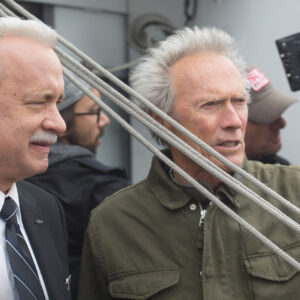

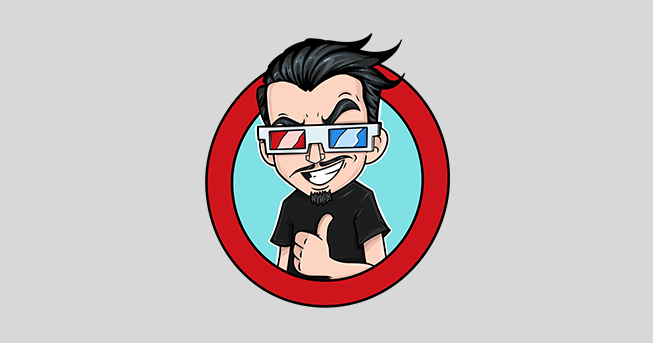
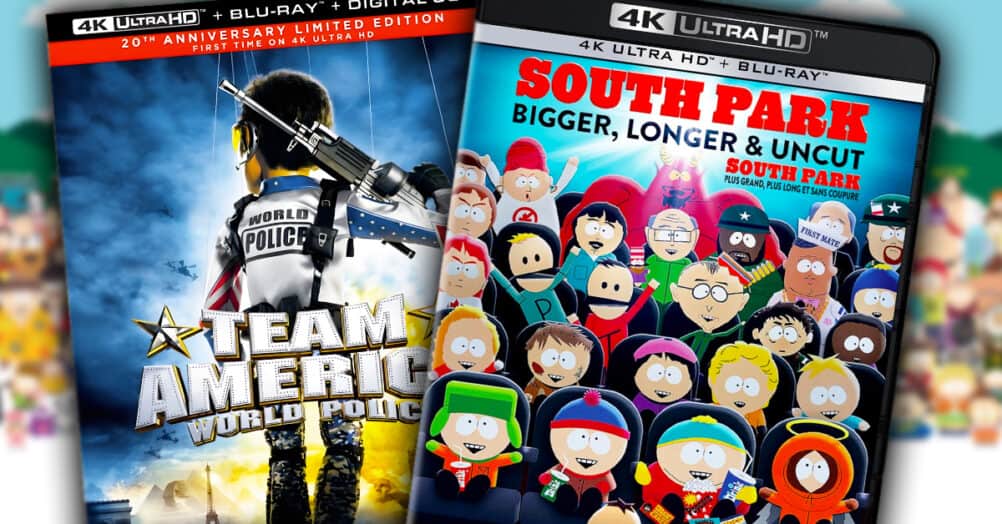
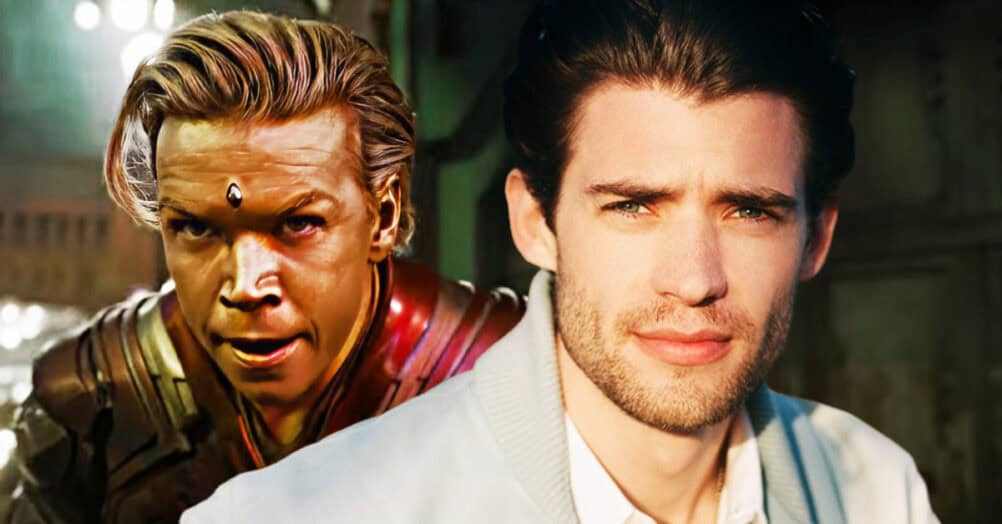
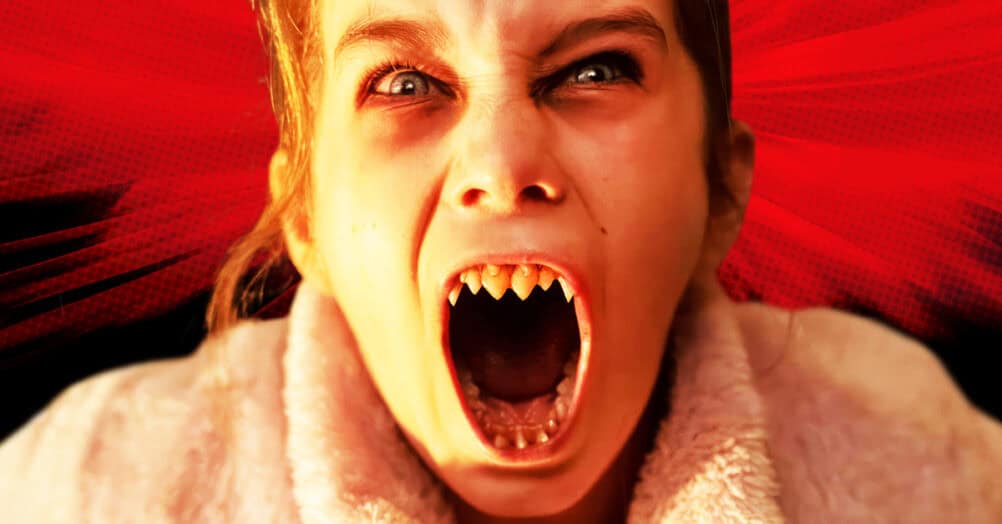
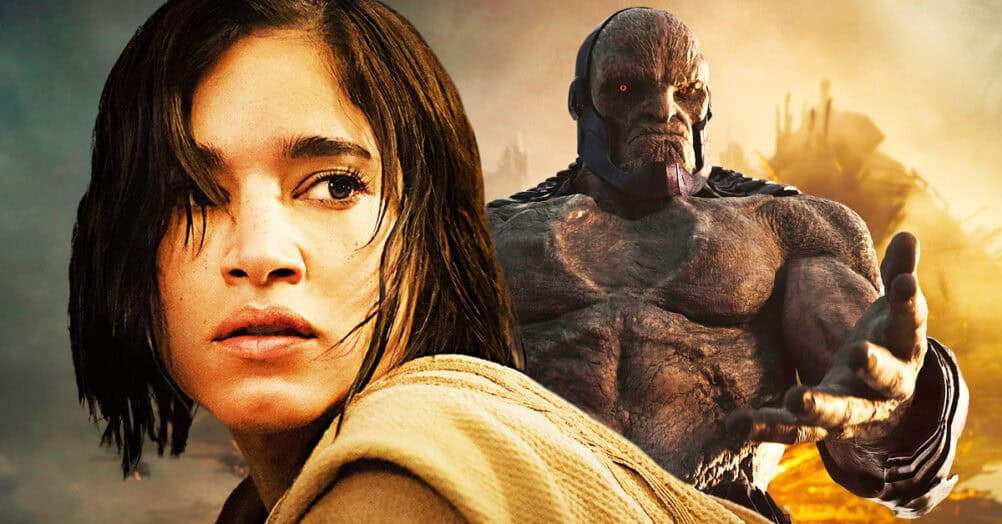
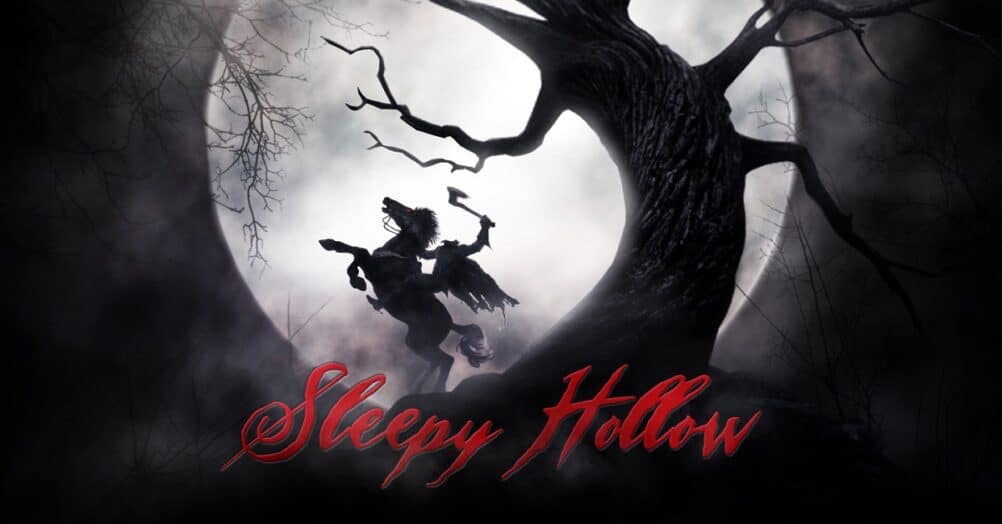
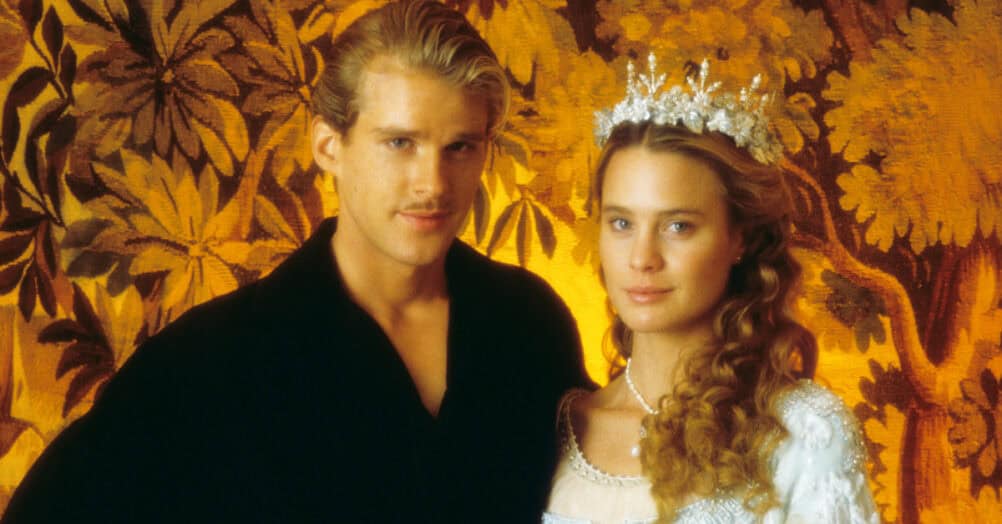


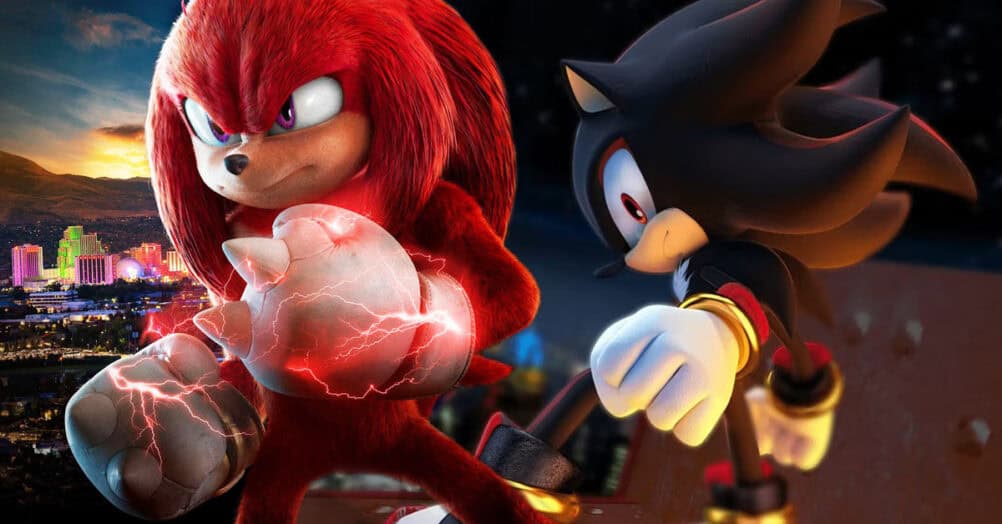
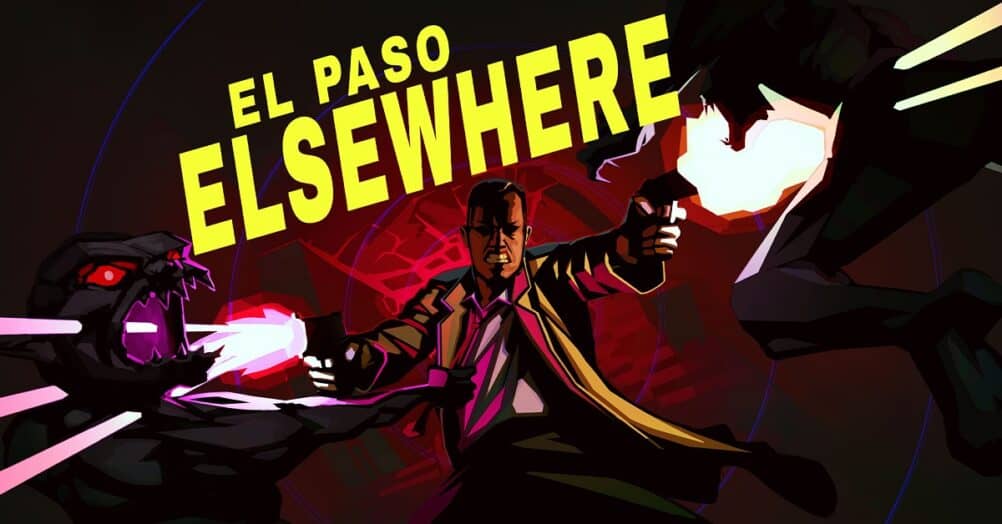
Follow the JOBLO MOVIE NETWORK
Follow us on YOUTUBE
Follow ARROW IN THE HEAD
Follow AITH on YOUTUBE